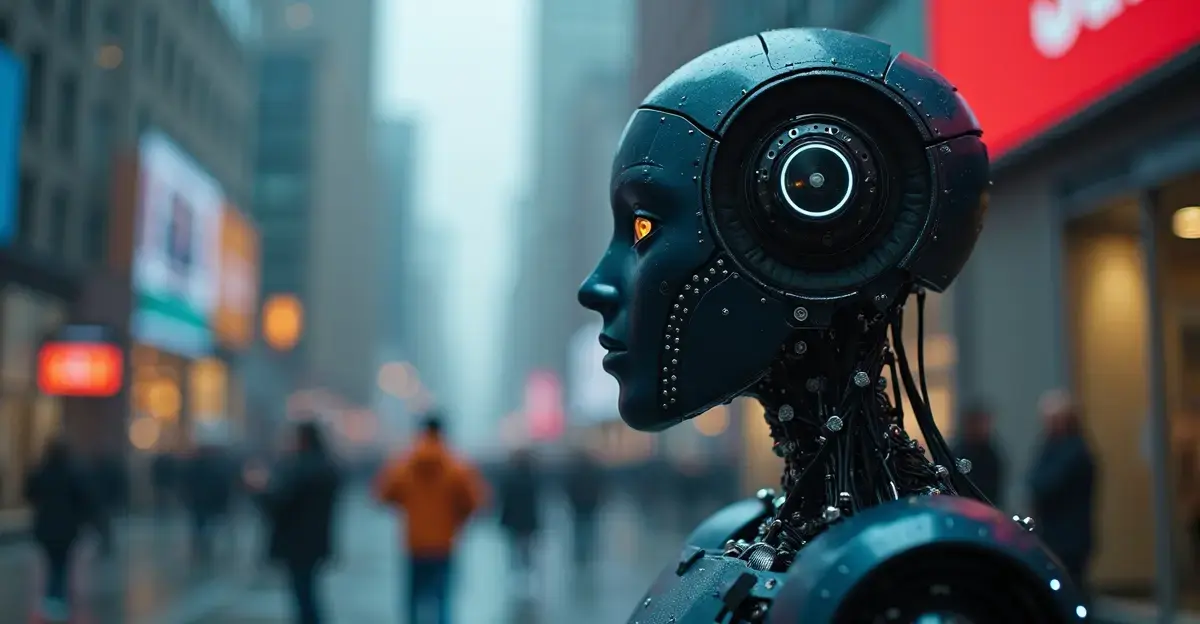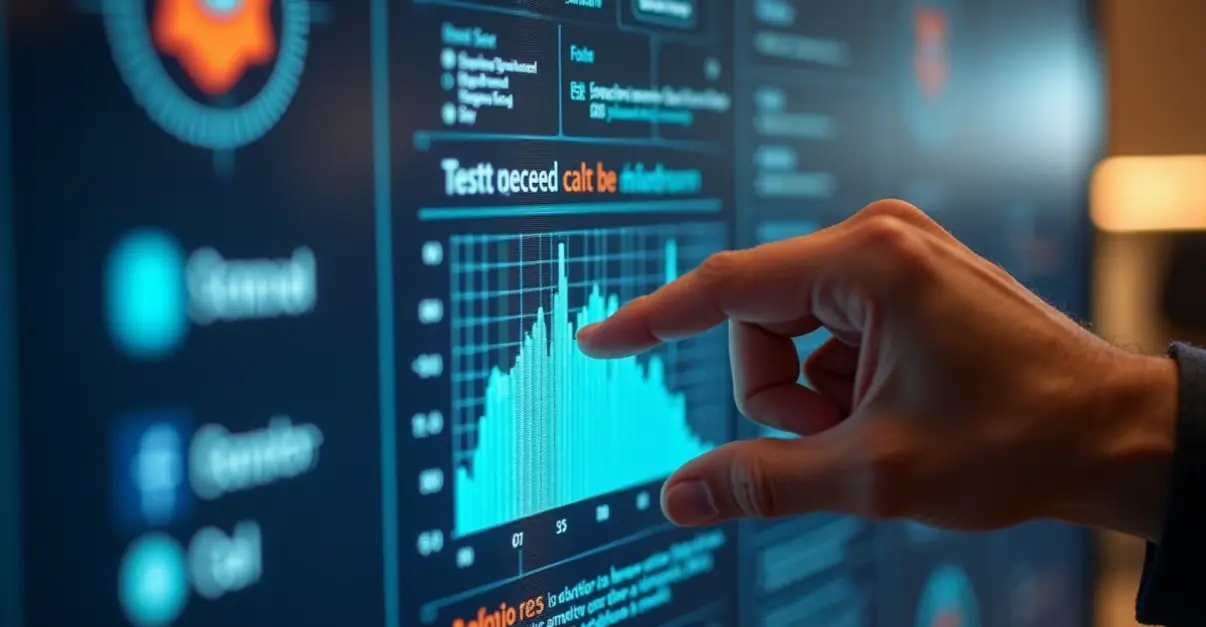AI-powered image generators, particularly deepfakes, are increasingly used to spread misinformation in political media. These synthetic media pose significant risks, from manipulating public opinion to interfering with elections. While detection tools and regulations are being developed, public awareness and education remain critical to combating this threat.

AI Image Generators Fuel Misinformation
The rise of AI-powered image generators has brought unprecedented capabilities to create hyper-realistic images and videos. While these tools offer creative potential, they also pose significant risks, particularly in the realm of political media. Deepfakes—synthetic media generated using artificial intelligence—are increasingly being used to spread misinformation, manipulate public opinion, and interfere with elections.
The Threat of Deepfakes in Politics
Deepfakes leverage advanced machine learning techniques, such as generative adversarial networks (GANs), to create convincing fake content. In political contexts, this technology can be weaponized to fabricate speeches, alter footage, or impersonate public figures. For example, a deepfake video of a politician making inflammatory remarks could go viral, causing widespread confusion and damage to their reputation before the truth is uncovered.
Current Challenges and Countermeasures
Detecting deepfakes remains a challenge due to their increasing sophistication. Researchers are developing forensic tools to identify manipulated media, but the arms race between creators and detectors continues. Social media platforms and governments are also stepping up efforts to flag or remove misleading content, though these measures are often reactive rather than preventive.
The Role of Public Awareness
Educating the public about deepfakes is crucial. Many users, especially older demographics, may lack the digital literacy to discern fake content. Initiatives to promote media literacy and critical thinking are essential to mitigate the impact of deepfakes.
As AI technology evolves, the line between reality and fabrication blurs further. Addressing the deepfake challenge requires a multi-faceted approach, combining technological innovation, policy regulation, and public education.

 Nederlands
Nederlands
 English
English
 Français
Français
 Deutsch
Deutsch
 Español
Español
 Português
Português









